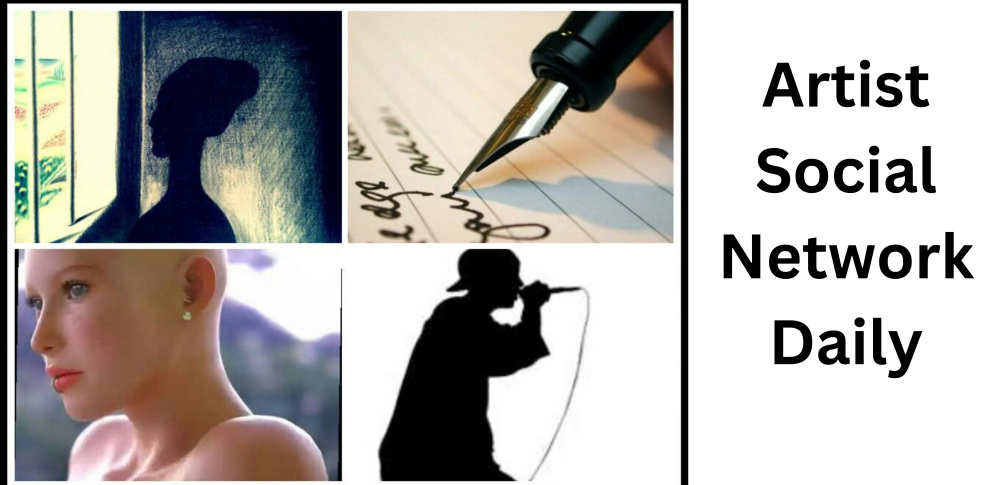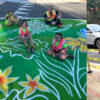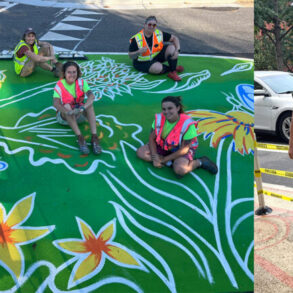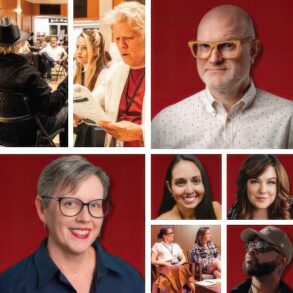Greg Manchess has freelanced for over 45 years and won awards for his work in movies, comics and more. He was inducted into the Society of Illustrators Hall of Fame in 2024. Here he discusses early influences, his process for building his skills, and why right now is a great time in his career.
If you’re inspired by Greg’s art and want to upgrade your kit, check out our guides for the best art supplies and sketchbooks for artists. For a more portable option, take a look at the best drawing tablets for artists on the go.
Where did you grow up and how has this influenced your art?
I grew up in northern Kentucky, across the river from Cincinnati, so I was quite close to the Cincinnati Art Museum where my long-dead mentor, Frank Duveneck, taught art classes. I was immediately influenced by his work when I stumbled on it at about 19 years old. His work has affected my oil painting technique ever since.
What, outside of art itself, has most influenced your work through the years?
I learned how to understand painting from my years studying the martial arts. I was a personal student of Stephen K. Hayes, who had travelled to Japan in 1975 to train under one of the last surviving members of a line of ninja families. The way that Stephen taught such complex concepts of moving stealthily by breaking them down into simple components helped me to understand how I was doing a similar thing when teaching myself to paint.
Training physically helped me understand the mental training necessary for creating art. A fight is a creative process, and one learns how to survive by focused training of the basics that can then be used in multiple, creative ways, from moment to moment, like in art.
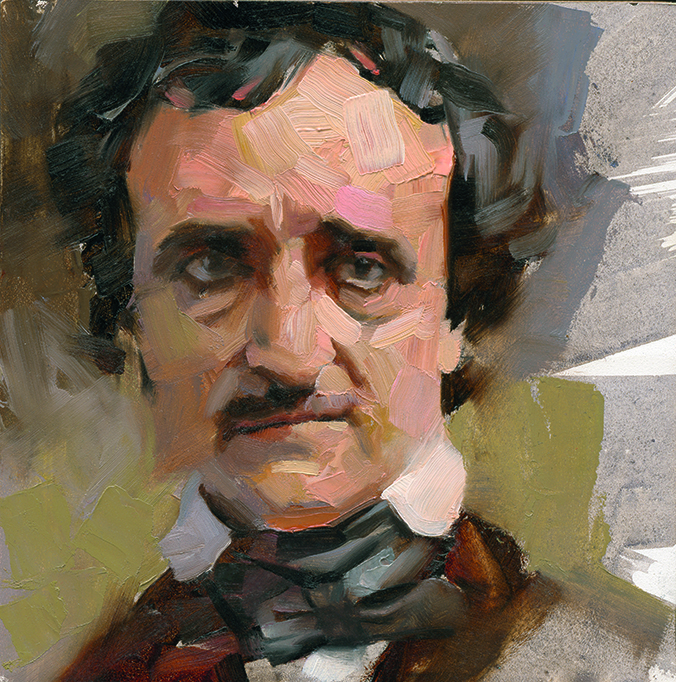
Is there a painting that you saw in your formative years that changed everything? What was it?
It was a study by Duveneck of some hands and faces of two men. The brushwork knocked me out. I’ve never forgotten the moment that I realised it was everything I wanted to learn about oil painting.
Tell us about your first paid commission. Does it stand as a representation of your talent?
I started out on very low-paying jobs that basically have little to do with my current abilities. But I did get one assignment that explosively changed everything for my painting approach.
I made a painting for an ad my agent and I showed, and National Geographic saw it and asked me to do a painting like it of the Civil War naval scene for the magazine.
I remember when I started the final piece, I made the pigment perform exactly the way I wanted to push my technique: in a painterly manner with broad, flat strokes. It changed the way I painted everything thereafter.
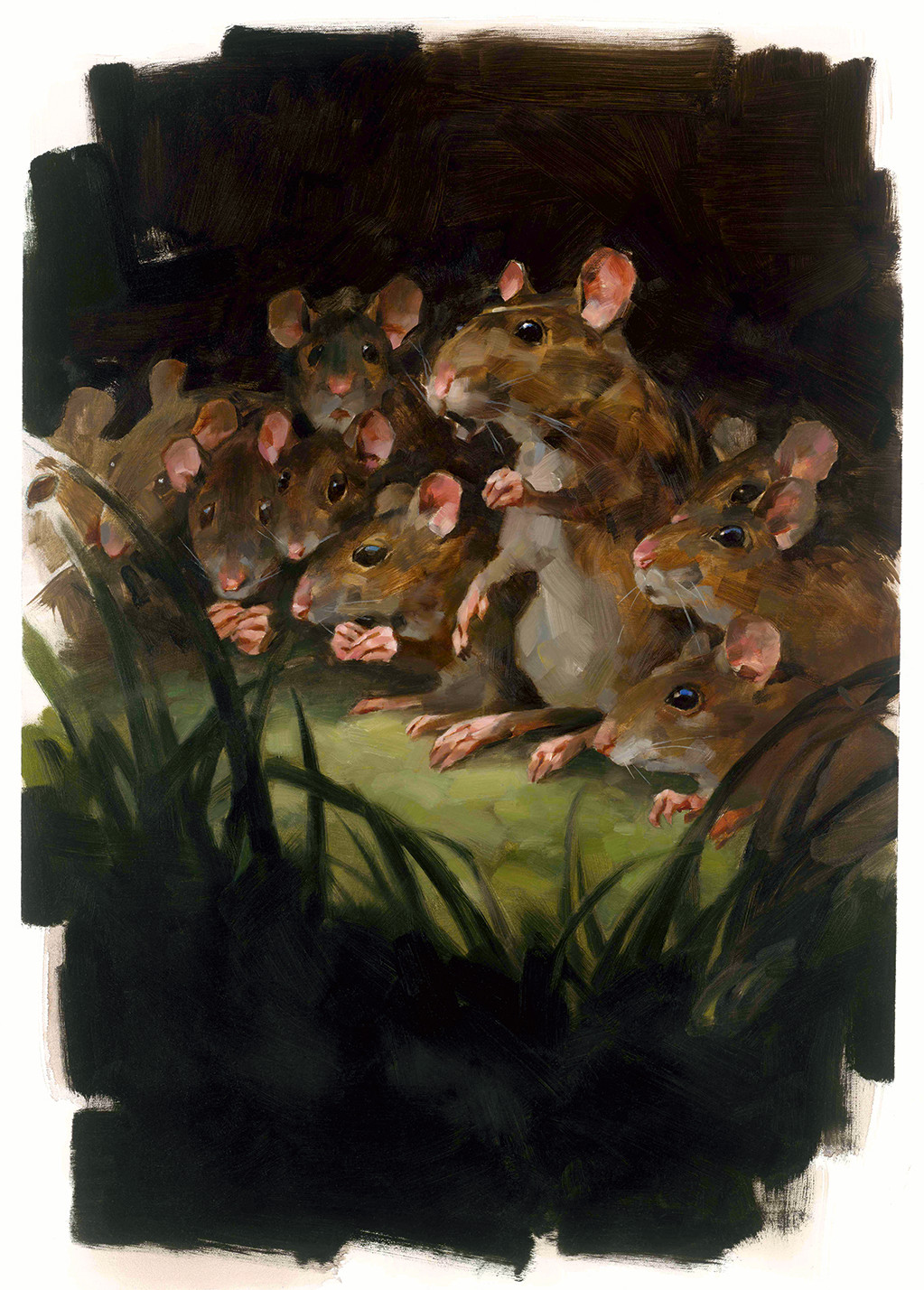



Following on, what’s the last piece that you finished, and how do the two artworks differ?
The last piece coming off the table is for a special limited edition of The Legend of Sleepy Hollow. It’s very far removed from my early work in that I understand value and shape so much better now.
What advice would you give to your younger self to aid you on the way?
I would tell myself to draw more. Even though I drew all the time, I would have told myself to memorise visuals more; pay minute attention to details so that they become ingrained and second nature to capture. I would have drawn more horses earlier on, more animals, and especially more people.
I would have told myself to trust the process of learning and that the more I got good at the basics of drawing, the better I would be sooner than later at painting. Even drawing is better training for learning to paint.
Painting is really just drawing with colour anyway. I would have told myself to be patient and let the hard-won process of training guide me, and to not get confused by what others might have thought or suggested. And I would have told myself to trust my instincts sooner, but as monitors to my learning, the way an Olympic athlete trains.
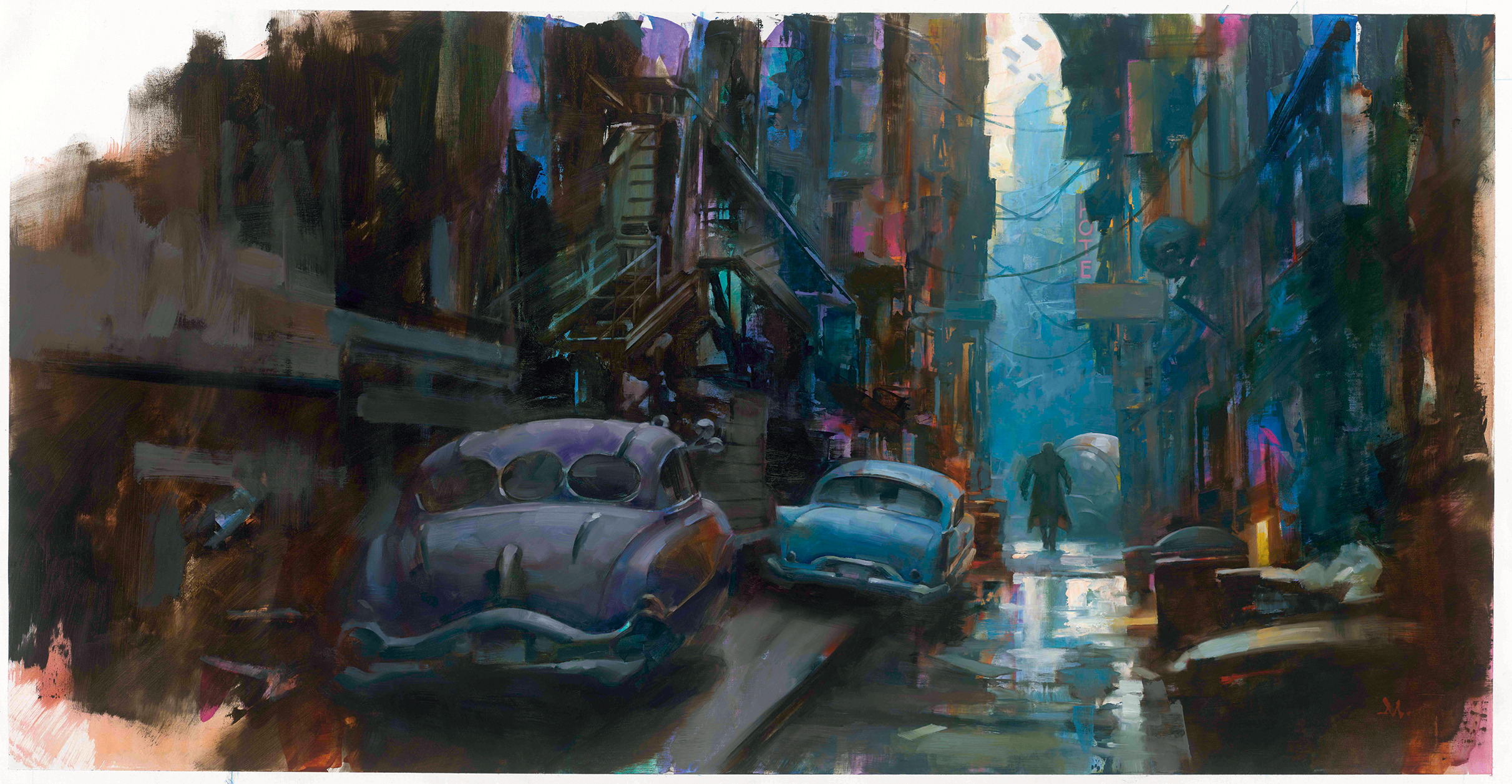



What character or scene that you’ve painted do you most identify with?
I wrote and illustrated a widescreen novel, Above the Timberline, and I identify with the lead character, a 19-year-old boy named Wesley. He’s searching for his lost explorer father and sets out to find him against all odds.
I lost my father when I was 22, just when I was becoming more of a man and able to share experiences with him, and learn from his life. I suppose I’ve been trying to find and recover that relationship ever since. But it also represents my struggle to get better at painting.
Is making a living as an artist all you thought it would be?
Making a living as a freelance illustrator and painter isn’t quite what I’d hoped it might be, but I made it into what I wanted. Funny that far into my career, now the best jobs are showing up! Work that I’d always hoped I could get is now coming in, after 40-plus years in the business. But at least I’m prepared and still very much excited to do it!
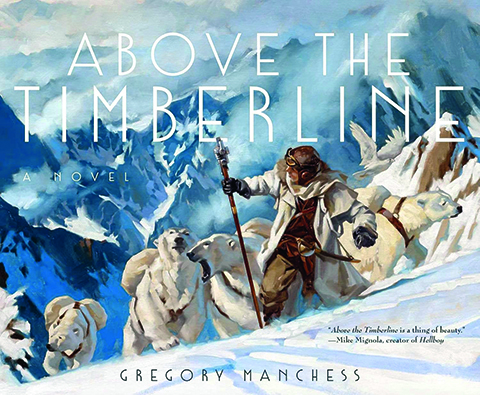



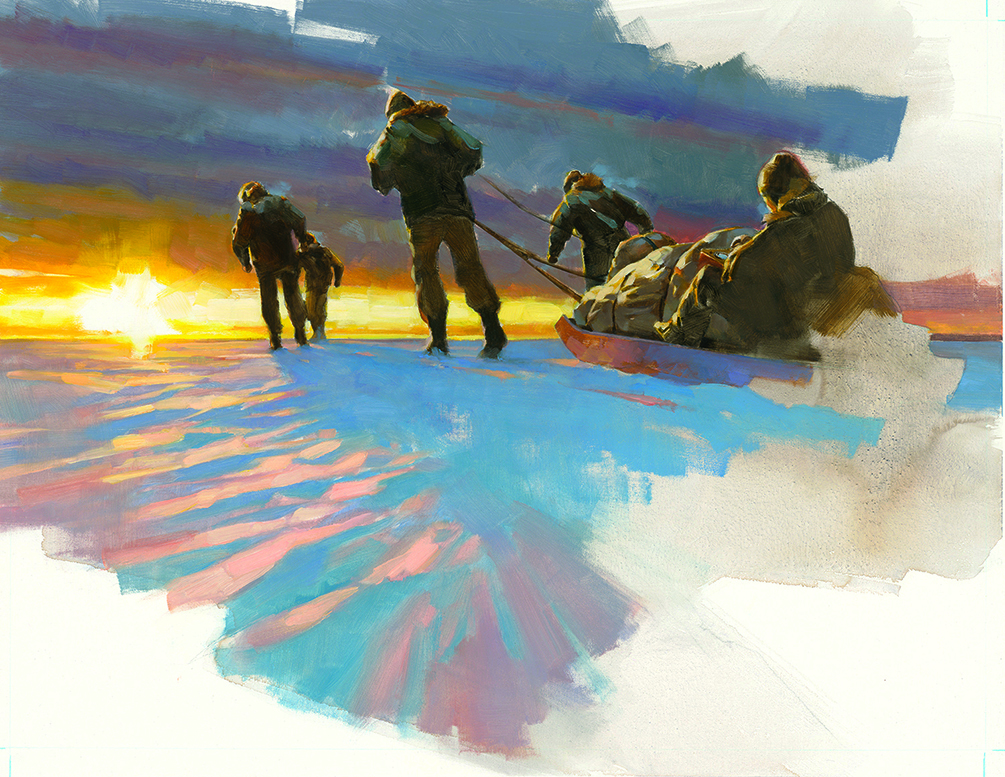



How has the industry of art changed for good since you’ve been working in it?
The illustration industry has been fascinating to watch over the years. I managed to stay in tune with it while not being the hottest new thing around and just kept painting while paying attention to new trends and interests.
I believe that computer art has contributed wildly to the art, in a very good way. It has improved peoples’ access to materials and styles by being readily available to experiment with. One can make tremendous mistakes digitally without the overwhelming feeling of disaster one might feel when working traditionally.
I started out wanting to be a digital artist, back when no one but the computer scientists were developing it, but I loved the feel of the oil paint too much, so I let the computer gather dust in the corner. I wish I’d have kept at it early on.
What’s your next step in art or life?
I’m driven to make more of my own paintings for painting’s sake. I like to work with clients and being part of a small team creating interesting visuals that also communicate, but I want to do that for the gallery setting now. It’s long overdue.
I also want to write more of my visual stories, work in film and develop my writing concepts, from children’s books through to novels and screenplays. Sculpture is next! And teaching more accurately to help young artists along.
This content originally appeared in ImagineFX magazine, the world’s leading digital art and fantasy art magazine. ImagineFX is on sale in the UK, Europe, United States, Canada, Australia and more. Limited numbers of ImagineFX print editions are available for delivery from our online store (the shipping costs are included in all prices).
This post was originally published on this site be sure to check out more of their content
